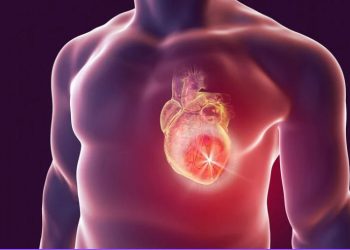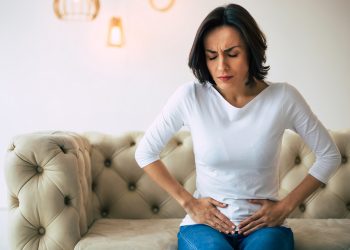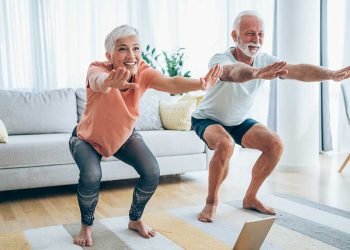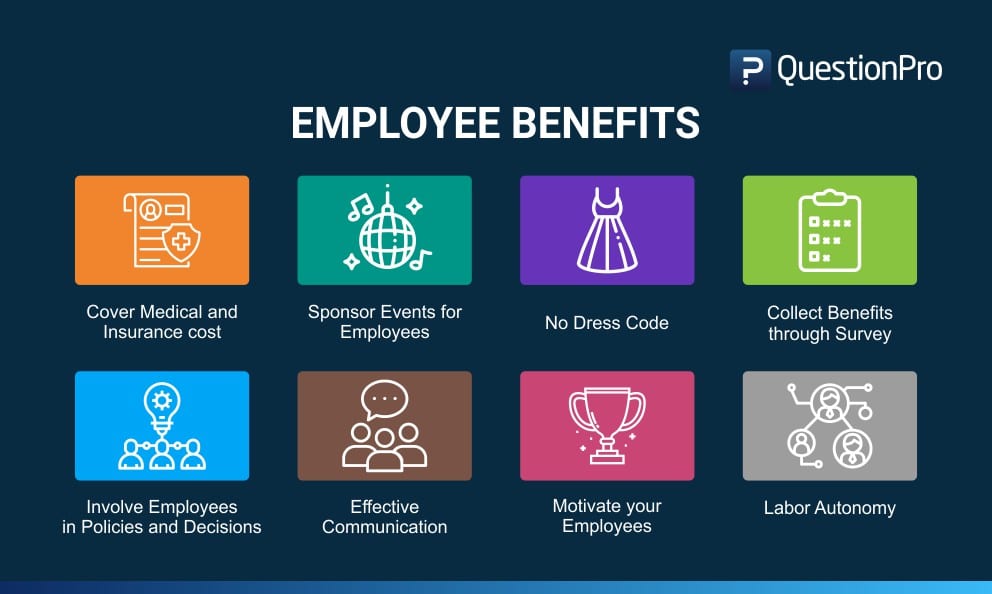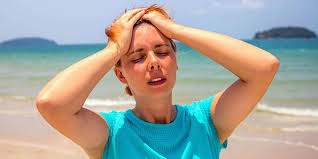We learn to recognize, prevent, and correctly deal with a knee tendinopathy caused by running. Physiotherapist Dario Domeniconi talks about it
The term tendonitis is used, and often abused, to indicate an inflammation of the tendon. It has been found by various scientific studies that inflammation of the tendon, among other things very little vascularized, is very rare. Rather, the surrounding structures become inflamed with symptoms of pain, swelling, and disability.
The specific degeneration of the tendon fibers instead is called tendinosis. This, on the other hand, may not manifest painful symptoms due to the aging of the tissues or excessive and repetitive wear of the fibers.
The tendinopathy is therefore the term that collects the various diseases that can present a tendon. Including tendonitis and tendinosis. The most frequent tendinopathies in runners, whose pain map we have already seen in the first article, are:
– Quadriceps tendinosis
Characterized by pain, including on palpation, over the patella, centrally or medially. It gets worse during jumps, runs, or squats and the knee is sore and stiff even at the end of the activity and in the morning upon waking.
– Jumper’s knee, tendonitis or patellar tendinosis
It is an inflammation of the tendon fibers that cover the patella due to overload microlesions. Pain under the patella worsens during knee flexion, especially in weight-bearing, and can be complicated by joint stiffness and quadriceps weakness.
– Popliteal tendinosis
It is characteristic of runners who cover many kilometers. The popliteal muscle has its posterior seat in the knee and allows its extension to be completed. Characteristically, his tendinosis causes a postural attitude with bent knees; full-extension would result in greater tension on the tendon and therefore greater pain. It manifests itself with sharp pain, during or after running, on the outside of the knee; also typical of other pathologies of runners ( bandelletta syndrome and meniscopathies ).
– Tendinopatia muscle ischio- femoral
The hamstrings are three muscles that originate from the pelvis and enter or pass through their tendons, posterior to the knee. They are responsible for flexing the femur posteriorly by projecting the body forward. They are fundamental motors in running and often their tendons are injured causing immediate pain behind the knee.
To prevent tendinopathies, we recommend:
° carry out an adequate pre-run warm-up.
° avoid overloads of distance, speed, type of surface, height difference.
° avoid repetitive and incorrect postures and movements.
° train the correct execution of the athletic gesture.
° respect recovery times, different for age and type of race.
° avoid overweight.
Professor Jill Cook, from LaTrobe University of Melbourne and one of the leading experts in tendinopathies in the world, help us to set up a correct rehabilitation approach:
The total rest reduces the tendon’s ability to withstand the loads, thus worsening the existing pathology. Carry out weight-bearing exercises while always remaining below the pain threshold.
Passive treatments such as ice or electrotherapy can reduce pain in the short term, but are totally ineffective in the long term.
The pain should not be scary, but it should be used in exercises as a signal to understand how much the tendon can be loaded. Pain helps us understand how to recalibrate the loads the tendon can withstand. One of the biggest mistakes runners make is running covered in anti-inflammatories and painkillers and inhibiting this all-important feedback.
Passive stretching increases the compressive forces on the tendon, worsening the symptoms. Massaging the tendon directly can give momentary relief only to get worse again in a short time. Absolutely avoid using foam rollers directly on the tendon. The massage can instead be useful on the muscles that attach themselves to the suffering tendon.
Spending little time on rehabilitation doesn’t work. Passive therapies (ultrasound, tecar, tens) can bring in the best of cases only a short-term benefit. When the tendon is subjected to an important load the pain will recur. A good rehabilitation of a tendon, lasting 3 months, leads to excellent results in the long term.
Jumps, changes of direction, sprints are activities to be avoided in the first period and to be managed with a progressive increase later on. Strength exercises can help a lot to heal a tendon.
NB For the complex and variable pathological definition of tendon pain in the knee, we recommend the opinion of a specialist who can confirm the diagnosis.

